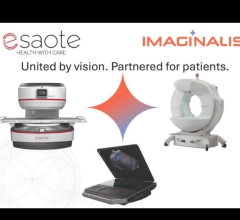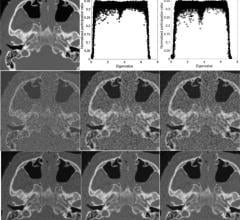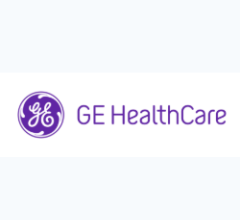February 20, 2008 - A newly released set of treatment recommendations for knee and hip osteoarthritis may help millions of people worldwide who live in pain due to inconsistent treatment approaches and confusion about what therapies are most effective.
The 25 recommendations appear in the February issue of Osteoarthritis and Cartilage.
These are the first recommendations developed by a committee that was brought together two years ago by the Osteoarthritis Research Society International (OARSI). The goals were to review all of the published national and regional treatment guidelines together with the more recent evidence from clinical trials and to produce a single set of up-to-date, evidence-based recommendations for the worldwide treatment of knee and hip osteoarthritis.
"What the committee did was take the scientifically proven commonalities it found in the international literature, evaluate the level of scientific evidence, propose a strength of recommendation for each modality, and condense them into one comprehensive ‘playbook’ of what works," said OARSI president Steve Abramson, M.D., director of rheumatology and professor of medicine at New York University School of Medicine.
The first of OARSI's 25 evidence-based recommendations is that optimal treatment requires both nonpharmacologic and pharmacologic modalities. The remaining 24 recommendations fall into three categories: nonpharmacologic, pharmacologic and surgical.
The effectiveness of each recommendation is associated with a level of scientific evidence available to support it, according to the OARSI. The higher the level of support (expressed as a percentage out of 100), the more evidence in the scientific literature that the treatment is effective. The following are the recommendations:
- Nonpharmacologic: These 11 recommendations include education and self-management (97 percent); regular telephone contact (66 percent); referral to a physical therapist (89 percent); aerobic, muscle strengthening and water-based exercises (96 percent); weight reduction (96 percent); walking aids (90 percent); knee braces (76 percent); footware and insoles (77 percent); thermal modalities (64 percent); transcutaneous electrical stimulation (58%); and
acupuncture (59 percent).
- Pharmacologic: These eight recommendations include acetaminophen (92 percent); non-selective and selective oral nonsteroidal anti-inflammatory drugs (NSAIDs) (93 percent); topical NSAIDs and capsaicin (85 percent); intraarticular injections of corticosteroids (78 percent); intraarticular
injections of hyaluronans (64 percent); glucosamine and/or chondroitin sulphate for symptom relief (63 percent); glucosamine sulphate, chondroitin sulphate and/or diacerein for possible structure-modifying effects (41 percent); and the use of weak opioids and narcotic analgesics for the
treatment of refractory pain (82 percent).
- Surgical: These five recommendations include total joint replacement(96 percent); unicompartmental knee replacement (76 percent); osteotomy and joint preserving surgical procedures (75 percent); joint lavage and arthroscopic debridement in knee OA (60 percent); and joint fusion as a salvage procedure
when joint replacement had failed (69 percent).
Nearly all of the previous guidelines were created before the recent discussion about the potential cardiovascular risks of nonsteroidal anti-inflammatory drugs (NSAIDs) took place said the OARSI. In recent years, there has been a decline in the use of NSAIDs to reduce pain and inflammation caused by osteoarthritis, primarily due to their potential for causing gastrointestinal side effects and the perceived cardiovascular risks associated with these drugs.
However, members of the OARSI committee found that NSAIDs are often effective pain relievers and their short-term use should be considered on a case-by-case basis and not as a long-term option.
For more information: www.oarsi.org


 December 04, 2025
December 04, 2025 









